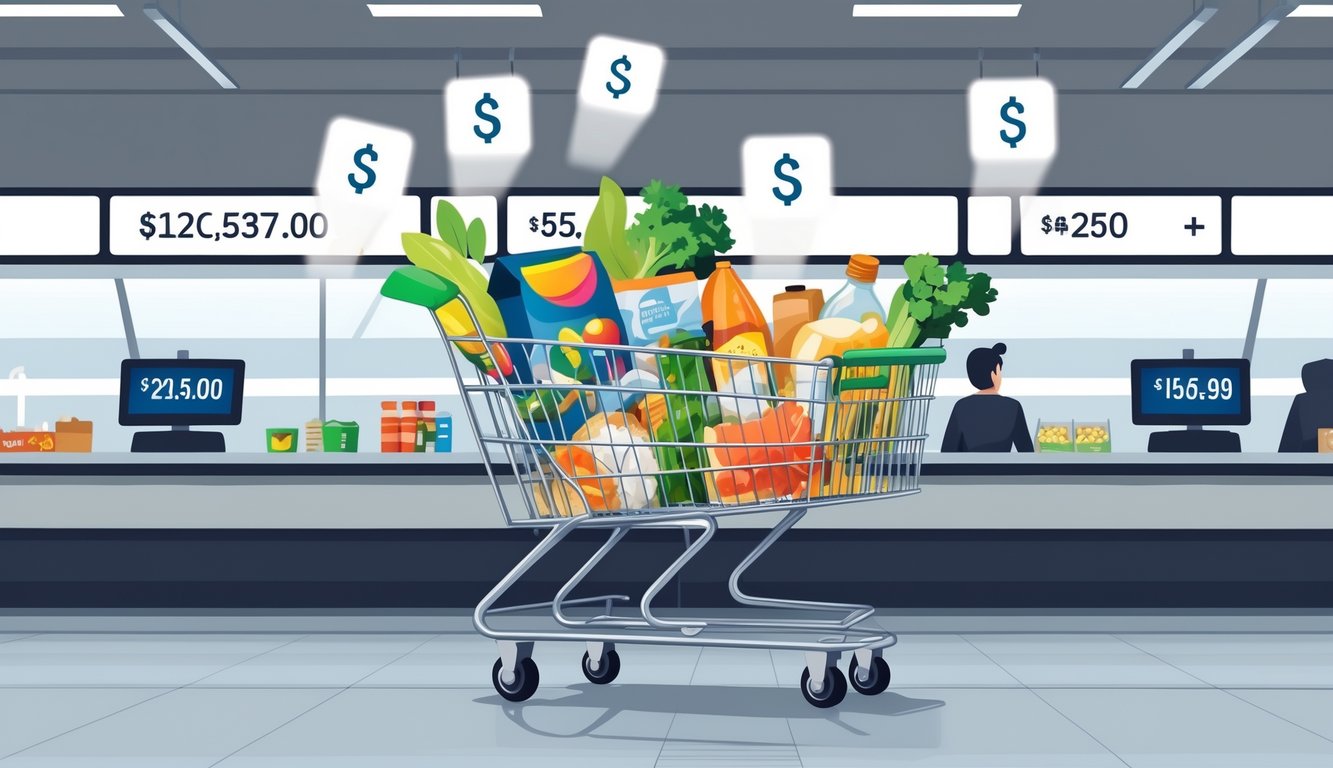
Ecommerce Strategies to Reduce Cart Abandonment
Every time I get hit with a hidden fee at checkout, I’m out. No hesitation. Cart abandonment? Yeah, it’s always the same three things: checkout headaches, forced accounts, and shipping sticker shock.
Simplifying the Checkout Page
Why do I need five screens to buy a t-shirt? Just let me pay. One-page checkouts work. Shopify says up to 60% of people bail if the process drags. That’s a joke.
Cut the fluff—auto-fill everything, skip the forced signups, put payment options up front, and kill the “How did you hear about us?” survey. I don’t remember, and I’m not answering. Developers might whine about removing steps, but whatever.
Offering Guest Checkout Options
Let me check out as a guest or I’m gone. RebuyEngine’s numbers back it up. Ask me to make an account after I’ve paid, not before. I once saw a 29% dropout rate at checkout just because of a “Register Now” wall. For a spice kit. Ridiculous.
Nobody wants another password. I’m always in a rush, especially for gifts. Guest checkout isn’t a nice-to-have—it’s expected. Add it, get more sales. Simple.
Providing Free Shipping Incentives
Shipping: the real dealbreaker. Hide the fee, or make it huge, and watch carts disappear. I’ve dumped whole winter wardrobes over $12.99 shipping. It’s the biggest reason people abandon carts. Every industry.
Set a free shipping threshold, but don’t hide it. Banner, cart reminder, whatever—just make it obvious. Sometimes I’ll add another thing just to hit the line (and then regret it, but that’s on me). NetSuite and others say “free shipping” is the top motivator. I’d rather bump product prices a bit and eat the shipping. It works. People want the feeling of getting a deal, even if the math’s fuzzy.
Optimizing Payment Options and Security
What’s wild is how payment options vanish the closer I get to “submit.” Why do sites think two choices are enough? 58% of people bail if their favorite’s missing. I’d rather drink decaf. Nothing kills trust like a sketchy security badge or a form that looks like it’s from 2009. Sometimes I can’t even tell if the SSL is real or if it’s just a sticker.
Limited Versus Flexible Payment Choices
No PayPal? No Apple Pay? Just a crusty card entry? What year is it? Baymard says almost 70% of carts get ditched and sometimes it’s just because I can’t pay the way I want. My friend only uses Apple Pay—she just leaves if it’s not there. I added Google Pay and Afterpay to my own shop and conversions tripled. Inventory got weird, but honestly, worth it.
Who thinks Visa is enough? QR, Klarna, Venmo—everyone else has them. My dentist takes more options than half these stores. Get with it.
Ensuring Payment Security and Trust
If the checkout looks like it was built in 2006, I’m out. SSL padlock? Maybe. PCI banners everywhere, but what does that even mean? Remember those 2023 breaches? Three big stores leaked data anyway. Best practices say clear security info cuts abandonment, but I want to see a real audit date, not just a McAfee logo.
It’s nuts—some sites ask for full bank info and never explain why it’s safe. I’ve seen expired certificates, broken forms, and “payment failed” messages that freeze your Stripe account. Smart brands run real audits, update SSL, and send receipts that actually explain what’s encrypted. Why don’t more stores do that? Probably the same reason they only have Visa and Mastercard.
Tools for Addressing Cart Abandonment
Every time a weird “processing” fee pops up, I can feel conversions drop. Dramatic? Maybe. But almost 70% of carts get abandoned. My inbox is a graveyard of abandoned sneakers, but after too many plugins, I know what actually works.
Abandoned Cart Emails and Notifications
Ten “Don’t Forget!” emails later, I still ignore most of them. But I’ve seen ugly, basic cart recovery emails boost sales by 20%. No joke—one client’s Shopify plugin beat their whole ad budget. Makes no sense, but whatever.
Timing matters: I send three emails—15 minutes, 10 hours, 2 days. Nobody checks right away. SMS and push? Meh, unless there’s a code or a “last chance” vibe. Pro tip: just show the cart items. No cutesy graphics, no “we miss you”—just what I left behind. That’s what gets me back, if anything does.
Retargeting and Push Marketing
Perfect retargeting? Not a thing. Somebody always yells “creepy!” and, yeah, dynamic retargeting ads feel a little invasive, but I can’t lie: that one coffee grinder campaign smoked my newsletter by $600 in three weeks. Push notifications—ugh, I toggle them off, then back on, then off again. Annoying as they are, they crush email click rates when you don’t overdo it.
Retargeting really only works if you actually know who bailed and where (which I never do, because I forget UTM tags every single time and then whine about it later). Those “Abandonment Recovery Tools” dashboards? They’re like tax spreadsheets, just with more guilt. Suddenly you see who almost bought, who ran from the surprise fees—honestly, it’s a little too revealing. For ROI, cart abandonment solutions for ecommerce that play nice with Google Analytics? They let you, well, stalk people who are this close to buying but still need to overthink it. Gently nudge, whatever. It’s not subtle.
You can try to ignore all that data, but it’ll haunt you anyway. Usually right when you’re eating lunch.



